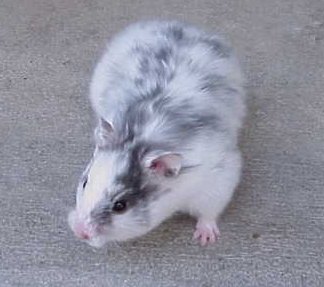
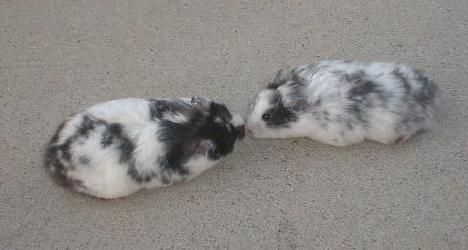
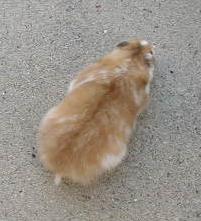
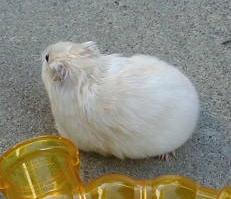
Dominant Spot Female
Spot Female
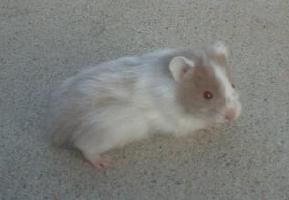
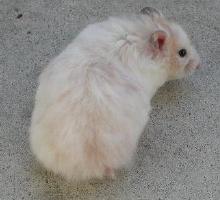
The lethal part of the gene means that there are no hamsters with two Dominant Spot genes. All have only one dominant spot. Those hamsters who did have two Dominant Spot genes (got one from each parent) die in the womb and are reabsorbed by the mother. It does her no harm. It does mean that litters born to two Dominant Spots have 25% fewer babies on average than those born to a Dominant Spot and a non-Dominant Spot. The remaining babies are typically perfectly normal and healthy.
For show purposes, a Dominant Spot syrian should have the appearance of a white animal with colored spots. Many Dominant Spots have little white (like the Golden female pictured above) and would not score well on that particular aspect of the judging. Dominant Spot syrians should also have a white belly. It's not uncommon for Dominant Spots to have colored spots on their bellies. Those also receive a deduction in judging although a small spot will only get a small deduction.